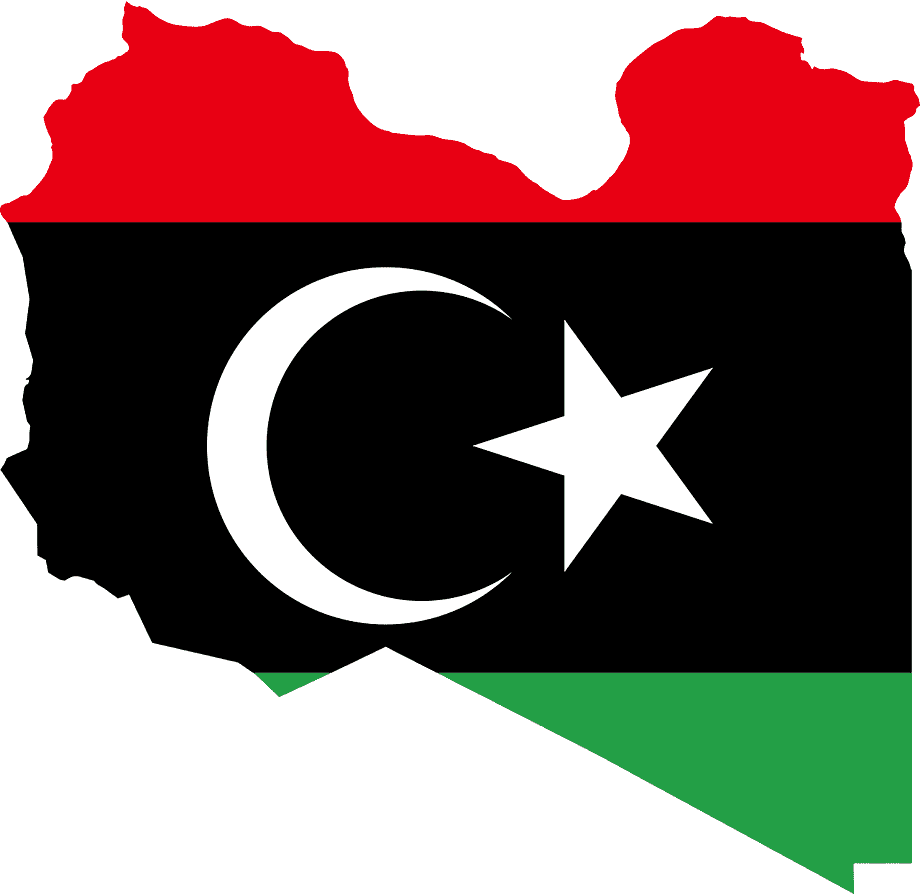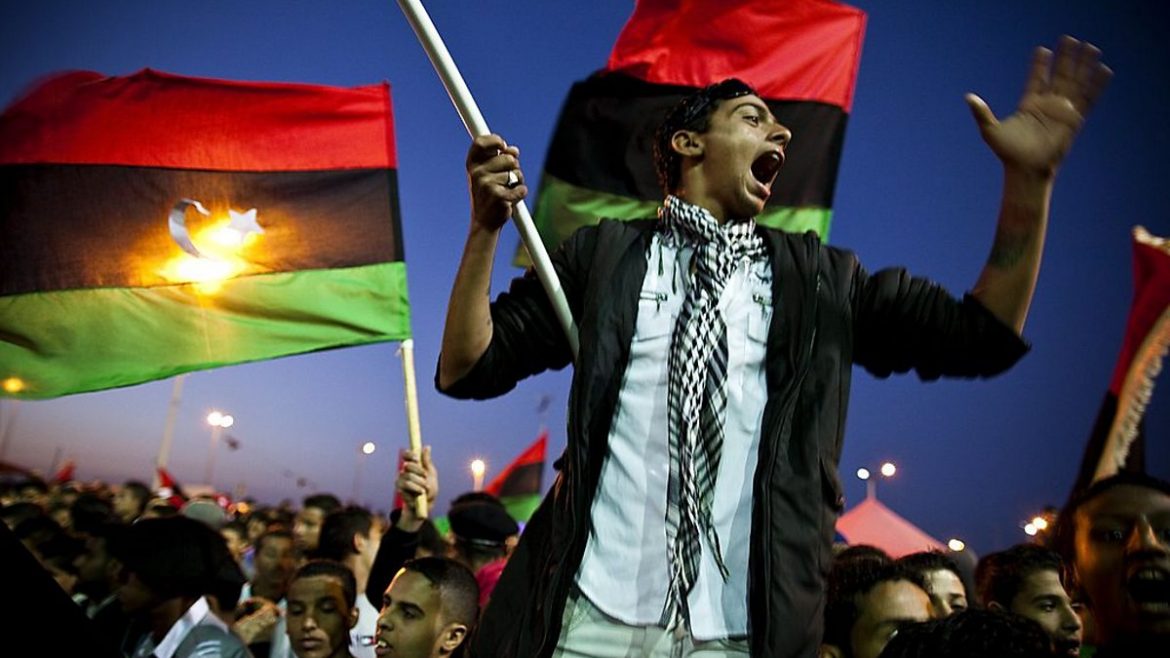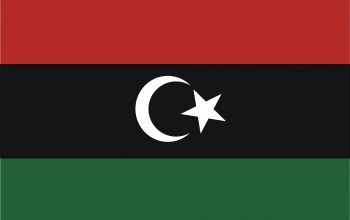The Libyan Revolution was an event that changed the region. The Arab Spring and the popular uprisings in Tunisia and Egypt were a wake-up call for many countries in the region, including Libya, that citizens are fed up with their governments’ authoritarianism.
The Libyan people were tired of their dictator Muammar Gaddafi‘s rule. Gaddafi was one of the longest-serving dictators in power and his regime had been in power for 42 years. He had been accused of torture, rape, and murder on a large scale to keep his control over Libya.
Gaddafi’s government was characterized by its excessive use of force against anyone who opposed him, including killings, arrests without trial or charges, arbitrary detention for long periods without access to legal counsel or family visits, torture during interrogations using Unsafe Methods and Promises of Approval, and the restriction of free expression through censorship.Frequent arrests and detention without trial or charges were carried out by Gaddafi’s Revolutionary Committees. The arrestees were often held in secret locations and subjected to torture, such as beatings with cables, gun butts, hoses, sticks, rifle butts and whips.
A Brief History of Muammar Gaddafi
The Conflicting Ideas of Gaddafi and His Opposition
The idea of a revolution started to grow in the early 1960s. This idea was led by a man named Muammar Gaddafi. Gaddafi was a strong believer in Arab nationalism and socialism, and he wanted to create an Islamic state. He led the country for over 40 years, until he was killed in 2011 during the Libyan Civil War.
Gaddafi had many different views on how Libya should be run. He wanted to create a socialist state where all citizens shared the same economic status and opportunities for success. But his opposition saw him as an enemy of Islam because he did not believe that religion should have any influence on politics or government.
The Rise of Libya’s Revolution
The Libyan Revolution was a series of protests and armed rebellions that overthrew the government of Muammar Gaddafi and led to his death. It started with a series of demonstrations in Benghazi, Libya on 17 February 2011, which were followed by a military coup d’état on 11 September 2011.
The protests in Libya began as unrest over high food prices, unemployment, lack of freedom of speech and poor living conditions. They soon escalated into calls for the end of Gaddafi’s 42-year-long autocratic regime.
The Aftermath of Gaddafi & The Libyan Conflict With ISIS
The conflict in Libya began with the Arab Spring and the 2011 Libyan civil war, which resulted in the overthrow of Muammar Gaddafi and his regime. The ensuing power vacuum led to instability, unrest, and violence among various armed groups.
In September 2014, ISIS captured a swathe of territory from rebels in northeastern Libya. The group has since been fighting an ongoing insurgency against forces loyal to the internationally backed government.
You may also like:



